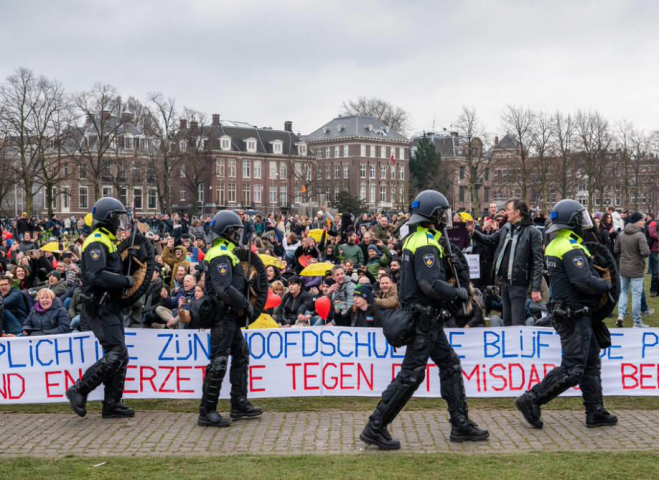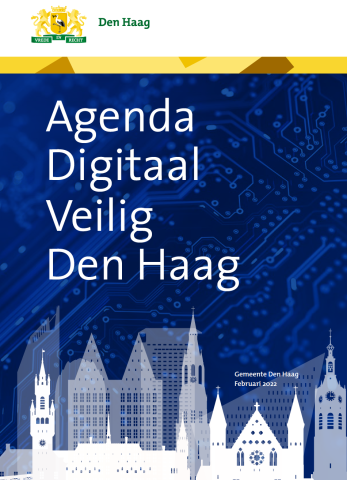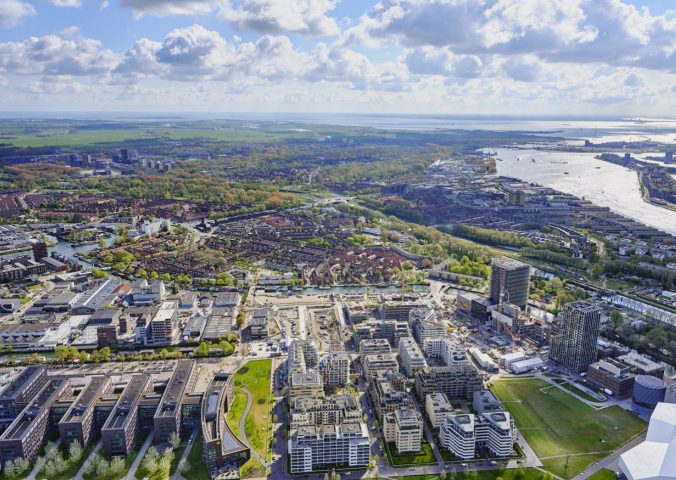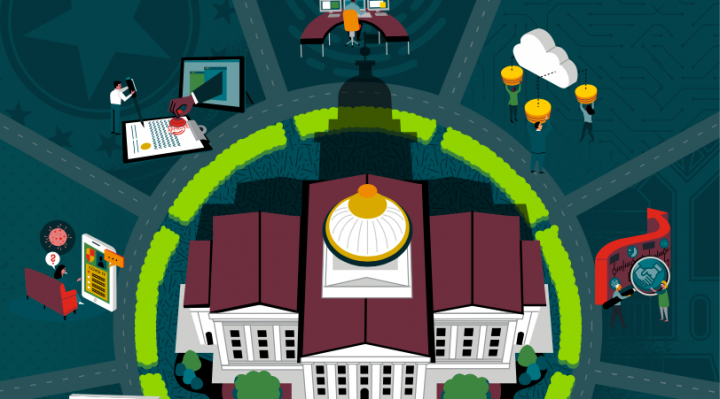Topic
Natural/environmental
The category natural and environmental encompasses naturally occurring weather, seismic events, natural disasters, threats by living and non-living creatures, and all other natural factors that are associated with the earth. Events that can cause serious damage to wildlife, humans and society, such as pandemics, storms, hurricanes, lightning strikes, fires, floods, tsunamis, landslides, earthquakes, radiation, pollution and threatening wildlife (such as animals and rodents) are all part of nature and the environment.
A pandemic is an epidemic of an infectious disease that has spread across a large region, for instance multiple continents or worldwide, affecting a substantial number of people. Basic strategies to combat pandemics include containment (including contact tracing, vaccinations), mitigation (slow the spread of the disease and mitigate its effects on society through hygiene, self-quarantine, social distancing, limiting social gathering) and suppression (more extreme long-term non-pharmaceutical interventions including stringent population-wide social distancing, home isolation of cases, household quarantine, lockdown).
Weather events are extreme weather phenomena that have a (relatively) rare chance of occurrence. Examples include storms, tornados, hurricanes, lightning (strikes), ice storms, blizzards, heat waves, heavy rainfall, -snowfall and –winds but also extreme droughts and heat waves. These weather events cause harsh conditions for individuals, objects (buildings, infrastructure) and various areas (grazing ground, water supply, crops).
Fires can cause physical damage through burning, which in its turn can threaten all physical things, but also produces smoke that can suffocate all living things and lead to atmospheric pollution and water contamination. Fire prevention intends to reduce sources of ignition, early warning systems (smoke detectors, thermal camera's) and includes education to avoid causing fires.
Floods are volumes of water that overflow parts or large segments of land and include river-, coastal-, and flash floods. These can be caused by heavy rainfall, melting snow, heavy winds, high tides or a breaking dam for instance. Tsunamis are multiple series of waves, caused by large displacements of water (usually in lakes or oceans), which are in turn caused by for example an earthquake. Landslides are large displacements of mass (such as rock, mud or debris) caused by natural (such as earthquakes) or unnatural (such as road maintenance) events, that fall down slopes, hills or mountains.
Earthquakes result in shaking and displacing or disrupting the ground leading to all sorts of turmoil including landslides, sinkholes, fires and floods. There is an active field of earthquake prediction and forecasting that uses models and sensordata to create earthquake warning systems to inform the public before shaking and displacing starts. This system is not perfect however, therefore earthquake proof engineering of infrastructure and buildings and emergency response is necessary as well.
Related Keywords: influenza, fever, COVID-19, Covid, SARS, Corona, illness, cyclones, dust storms, inferno, firestorm, combustion, arson, landslip, rockfalls, erosion, mudflows, tidal wave, seismology, seismic activity, quake, tremor, epicentre



















